ECOFUN-FLUXPYR MICROMETEOROLOGICAL AND CO2 FLUX TOWERS

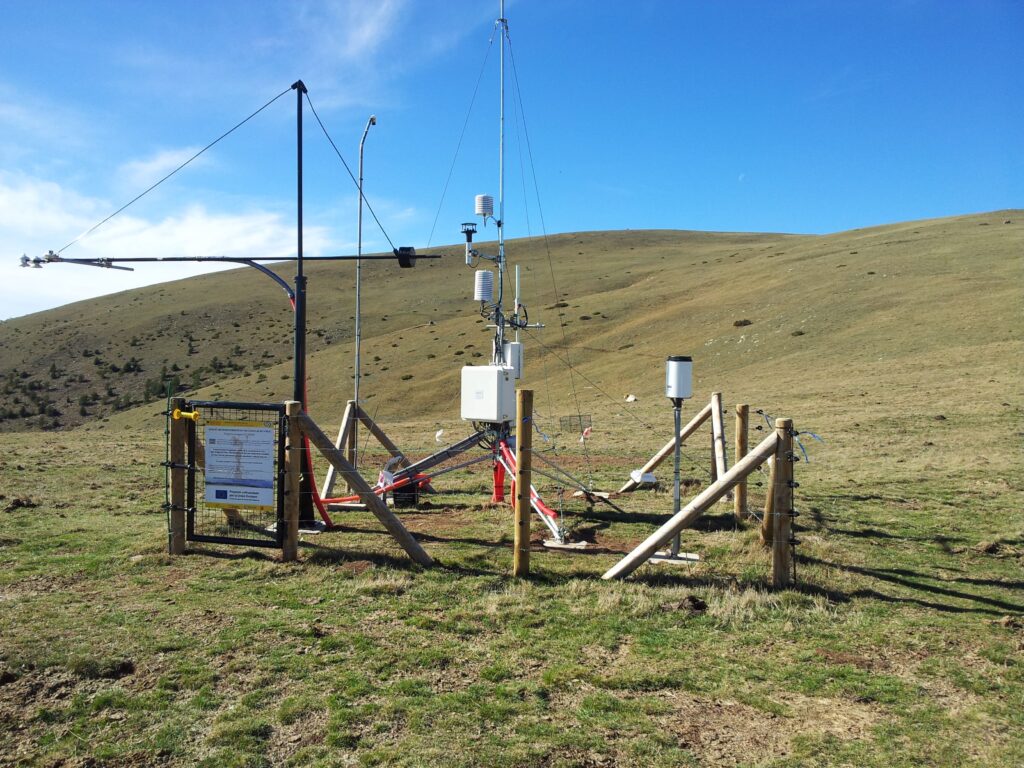
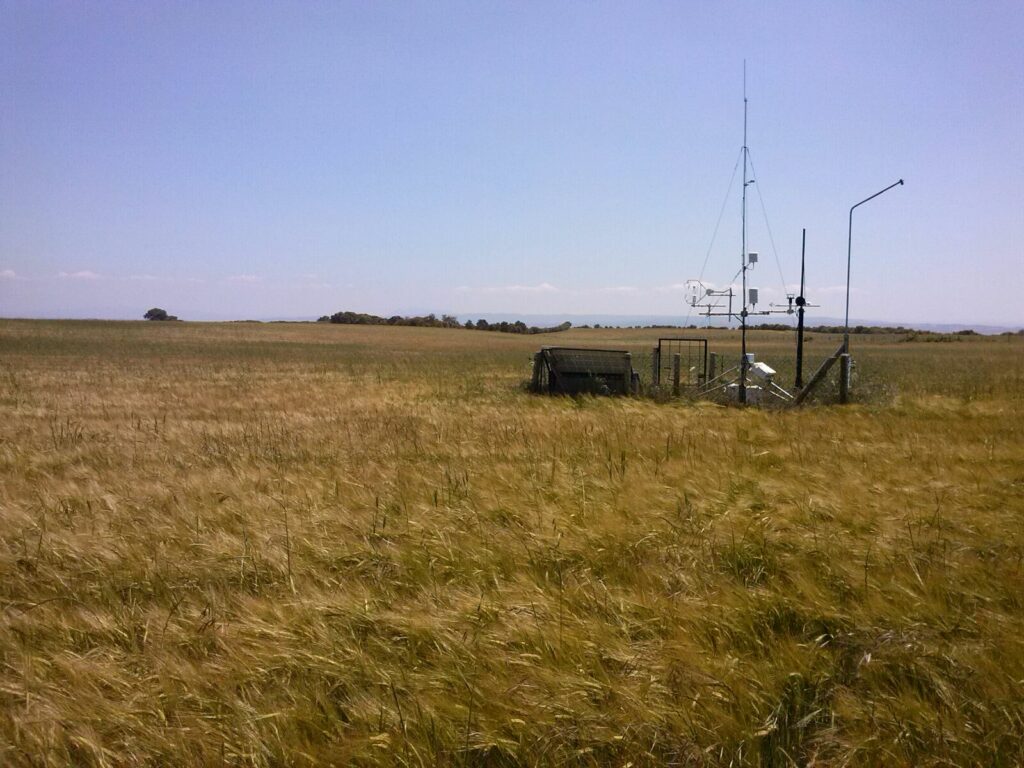
Highlights
- Net ecosystem CO2 exchange and thus productivity are seriously compromised by temperature increases in mountain grasslands in the Eastern Pyrenees.
- Montane grasslands are already acting as a source of CO2 emissions because of the high temperatures experienced the last years.
- Alpine grasslands might increase the net CO2 uptake in the short term; in the mid to long-term, uptake, and thus productivity, may be compromised.
- Cereal-legume mixtures in sown montane grasslands enhanced the net CO2 sink capacity of the forage system, while ensuring productivity and forage quality.
- The use of sown diversity in time and/or space is a sound nature-based management option for adaptation to climate conditions
Location of the Infraestructures
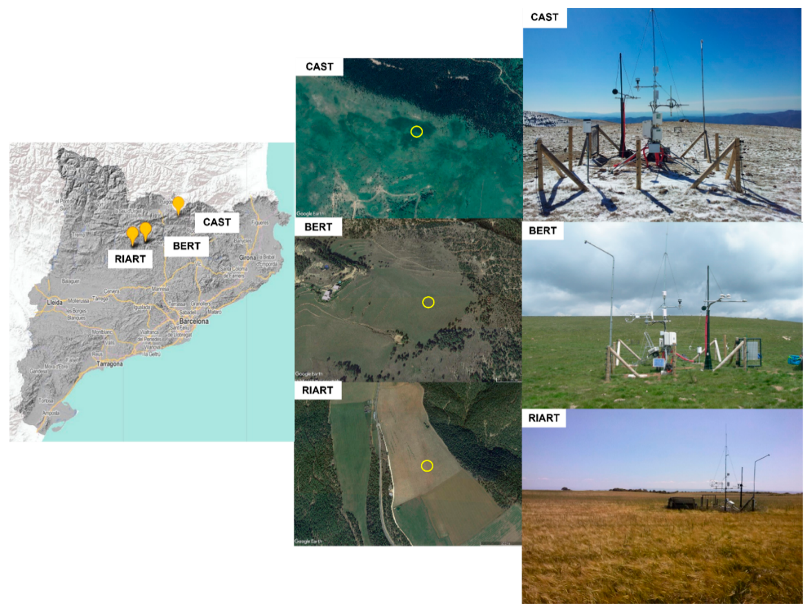

Main Results

Temporal course (expressed in day of the year – DOY) of ambient measurements throughout the campaigns at the four grassland sites: BES712, BERT1276, CAST1850, and NIU2479. Values are daily averages and bars denote standard deviation (SD). In the case of BERT1276 and CAST1850, the continuous recordings from the meteorological station are also shown in the gray area: CO2 and air temperature (Ta). The horizontal lines in the CO2, CH4, and N2O concentrations mark the global average ambient concentration for these gases.
Source: Debouk et al. 2018.
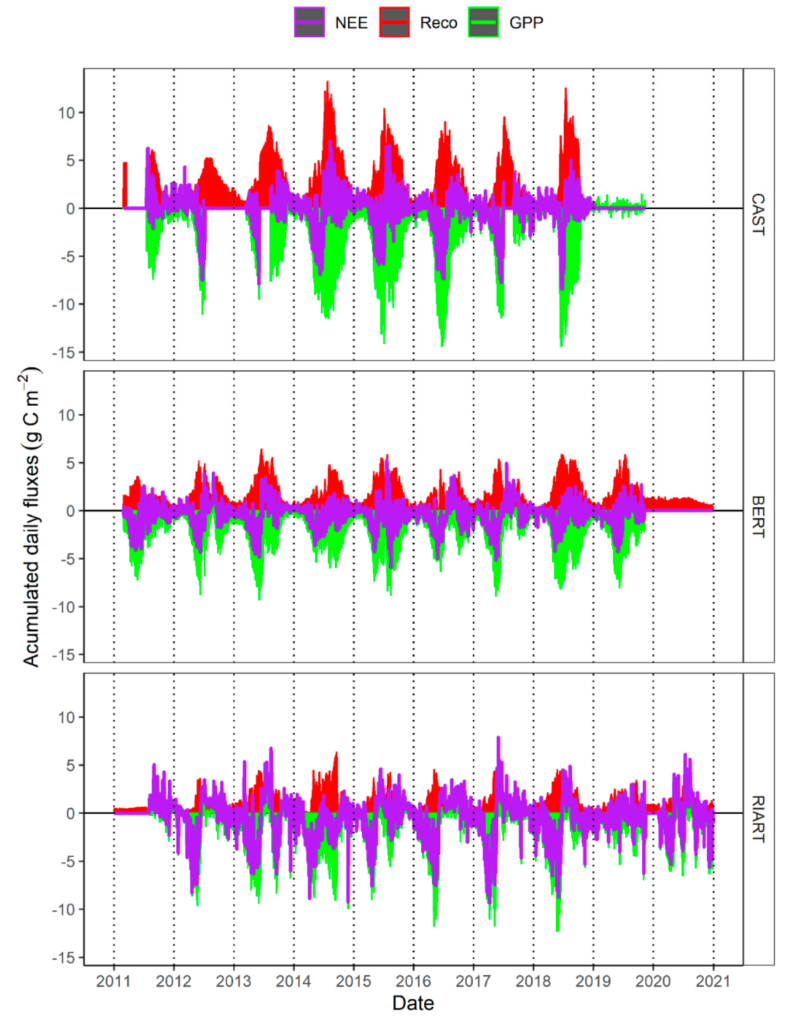
Interannual CO2 flux dynamics: daily accumulated net ecosystem exchange (NEE), ecosystem respiration (Reco), and gross primary production (GPP).
Source: Ibáñez & Sebastià 2022.
Intra-annual dynamics, mean daily averaged ± 1 SD (grey area) of (A): cumulative net ecosystem exchange (NEE); (B) air temperature (Ta); (C) albedo; (D) vapor pressure deficit (VPD); (E) and normalized vegetation index (NDVI). Source: eddy covariance flux stations.
Source: Source: Ibáñez & Sebastià 2022.
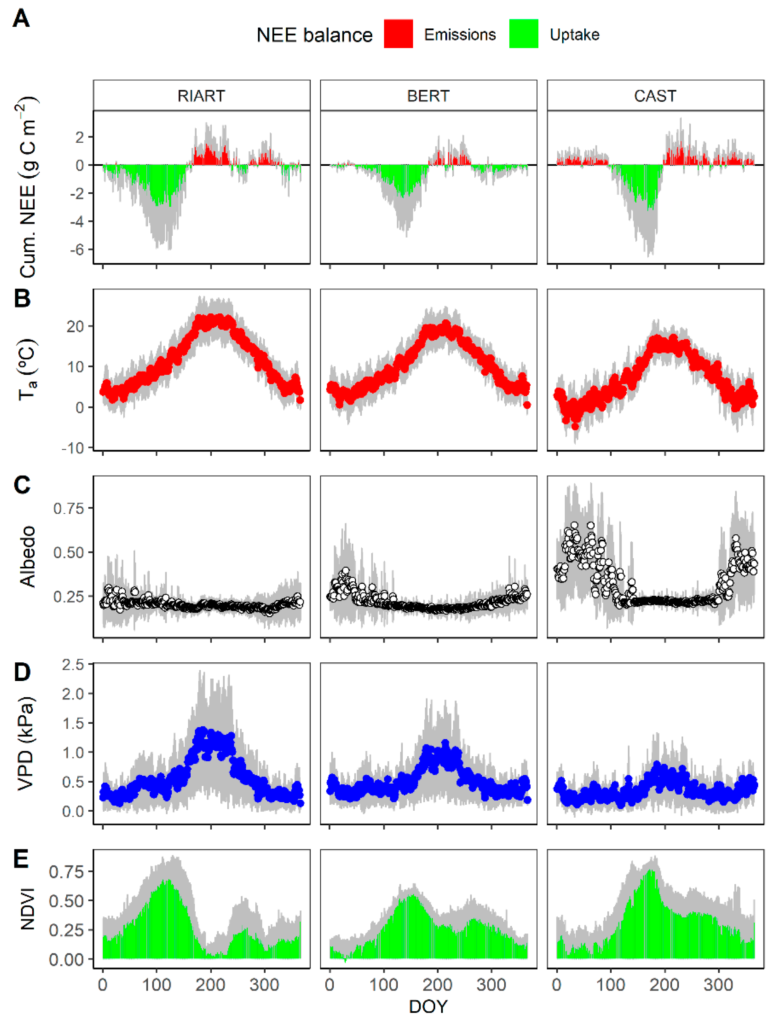
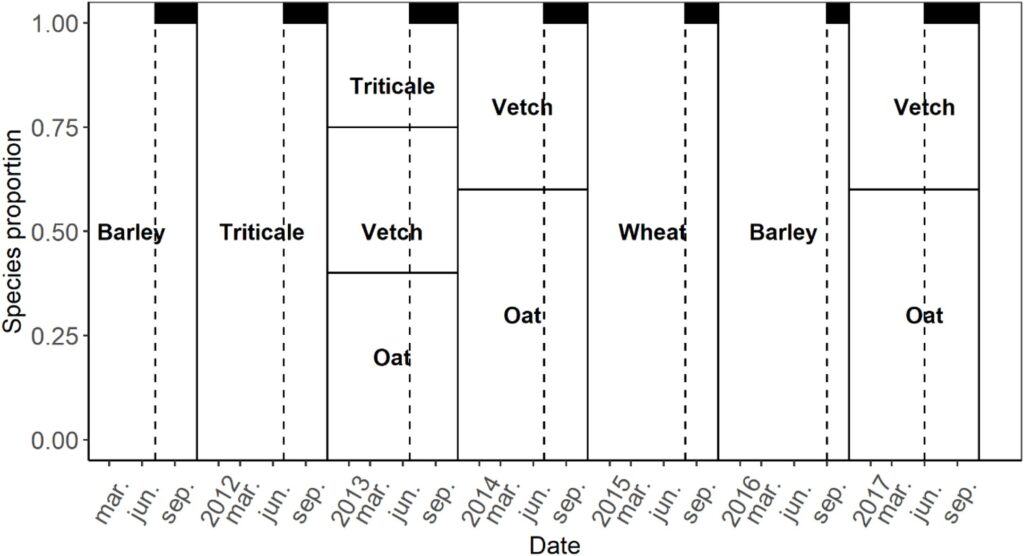
Crop rotation timeline, species proportions and management events: black dashed lines indicate harvesting and solid black lines indicate sowing. Top black bands indicate fallow periods in which there was grazing.
Source: Ibañez et al. 2021.
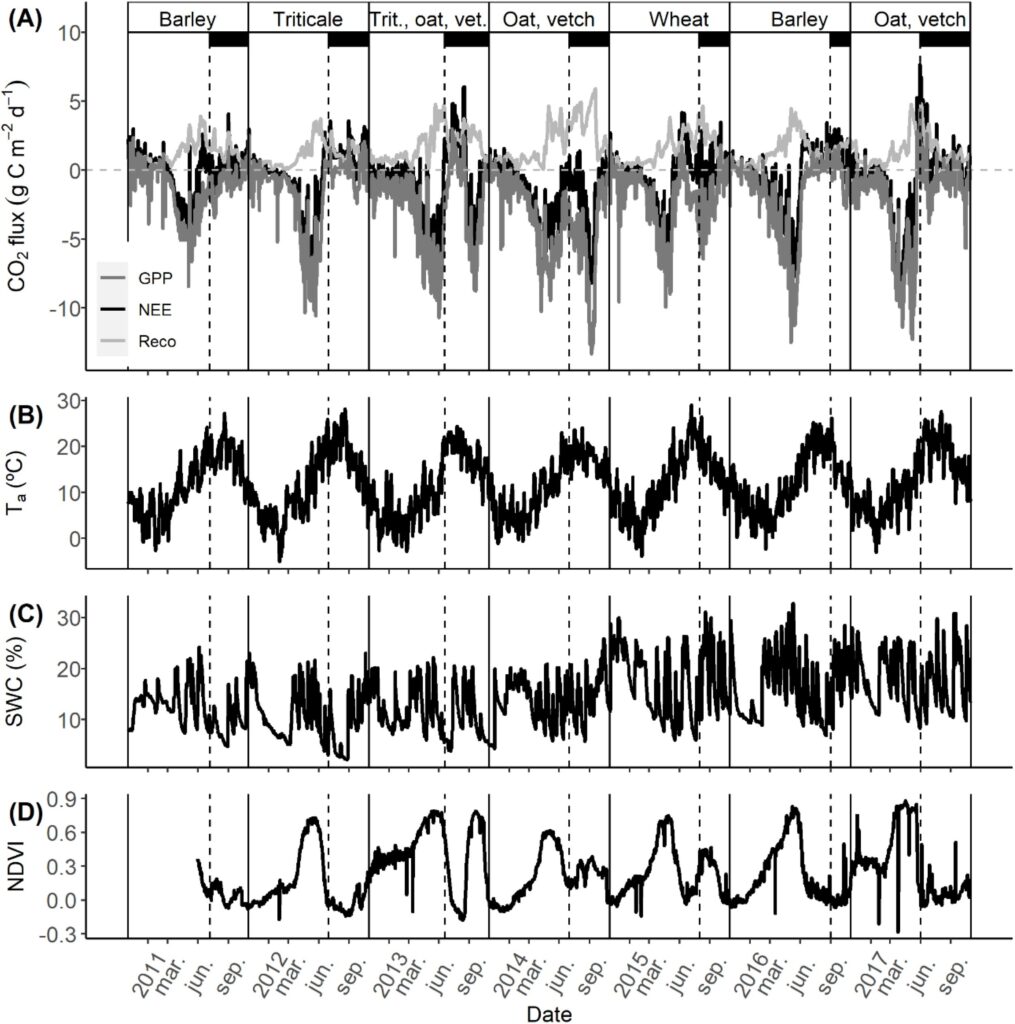
Daily averaged (A) CO2 fluxes: net ecosystem exchange (NEE), gross primary production (GPP) and ecosystem respiration (Reco); (B) air temperature (Ta); (C) volumetric soil water content (SWC); and (D) normalized difference vegetation index (NDVI). Titles in the top panel indicate sown forage species during that period. Black dashed lines indicate harvest events and solid black lines indicate sowing events. Top black bands indicate fallow periods in which there was grazing.
Source: Ibañez et al. 2021.
Images of the infraestructures

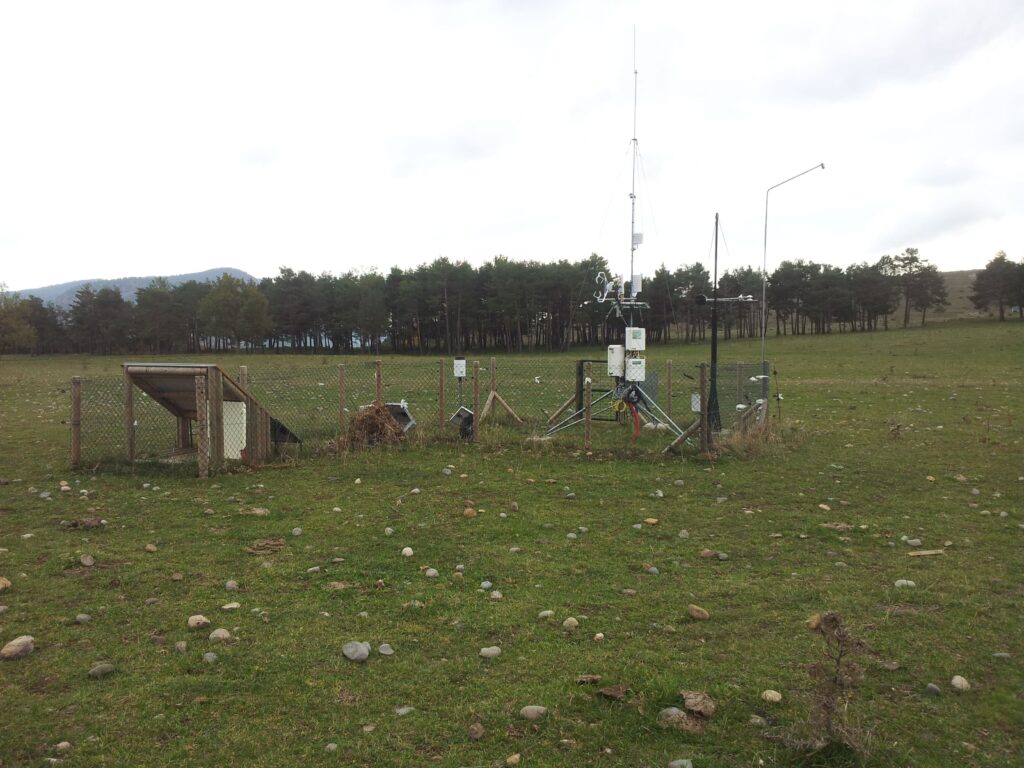

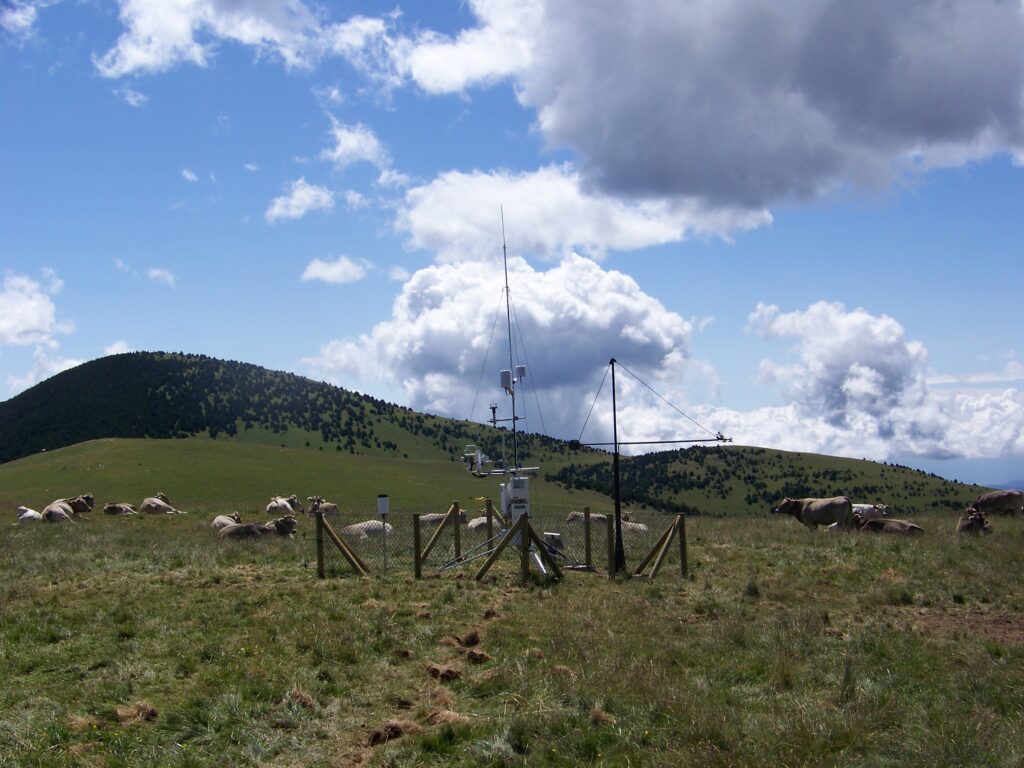
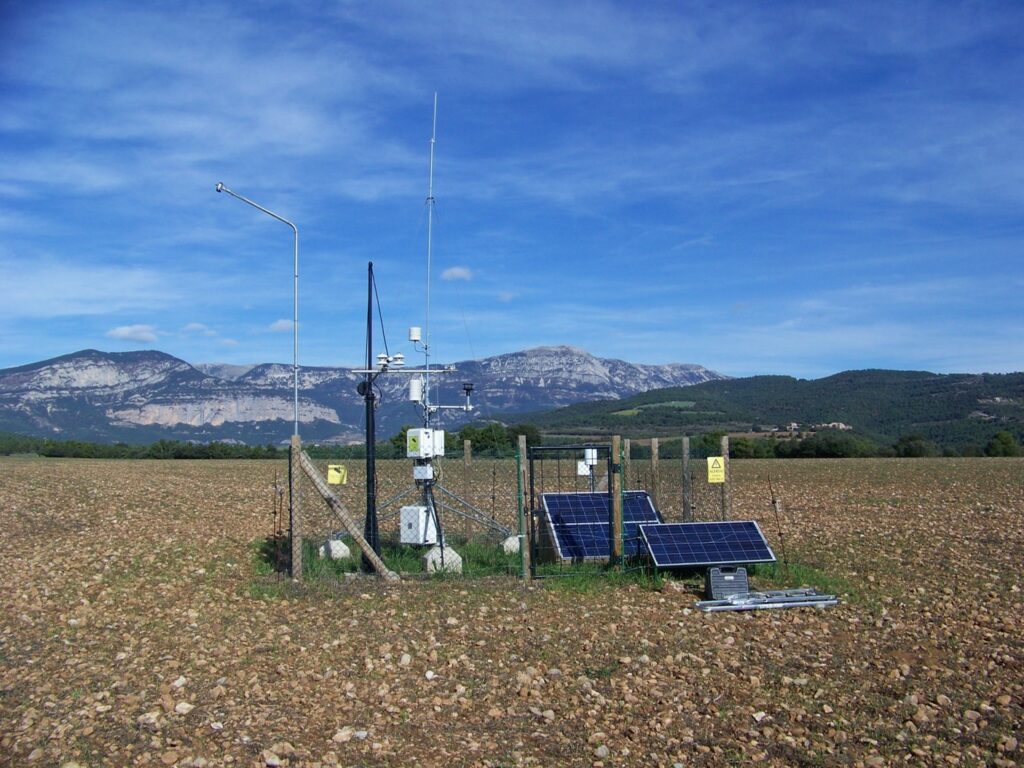

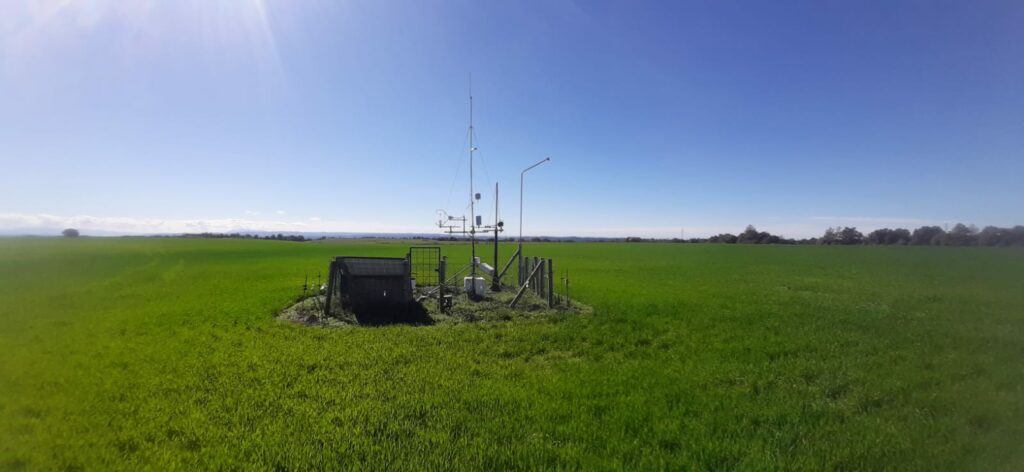
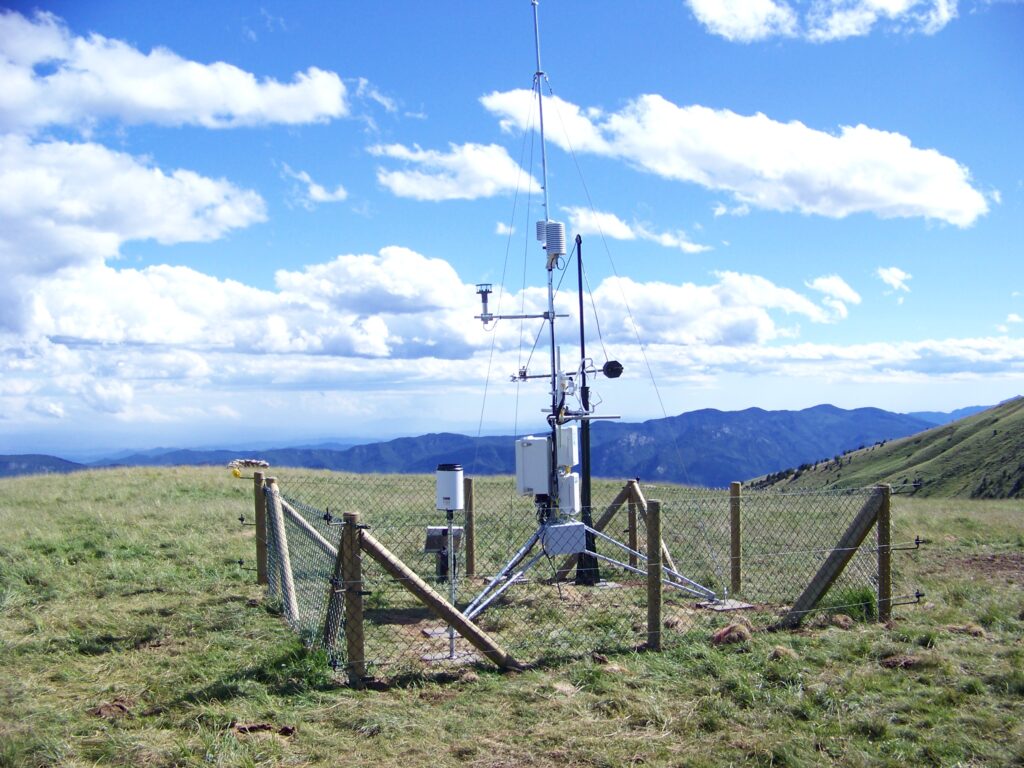
Literature
Ibañez, M., Sebastià, M.T. 2022. Net Ecosystem CO2 Exchange in Mountain Grasslands Is Seriously Endangered by the Temperature Increase in the Eastern Pyrenees. Atmosphere. DOI:10.3390/atmos13121980
Ibañez, M., Altimir, N., Ribas, À., Eugster, W., Sebastia, M.T. 2021. Cereal-legume mixtures increase net CO2 uptake in a forage system of the Eastern Pyrenees. Field Crops Research. https://doi.org/10.1016/j.fcr.2021.108262
Debouk, H., Altimir, N., Sebastià, M.T. 2018. Maximizing the information obtained from chamber-based greenhouse gas exchange measurements in remote areas. MethodsX 5, 973–983. https://doi.org/10.1016/j.mex.2018.07.021